Ghee is a form of clarified butter that originated in ancient India about 10,000 years ago.
As more people outside of India have discovered the incredible health benefits and versatility of this ancient superfood, it has surged in popularity.
It is important to look for a good quality source of ghee, because not all ghee is really good.
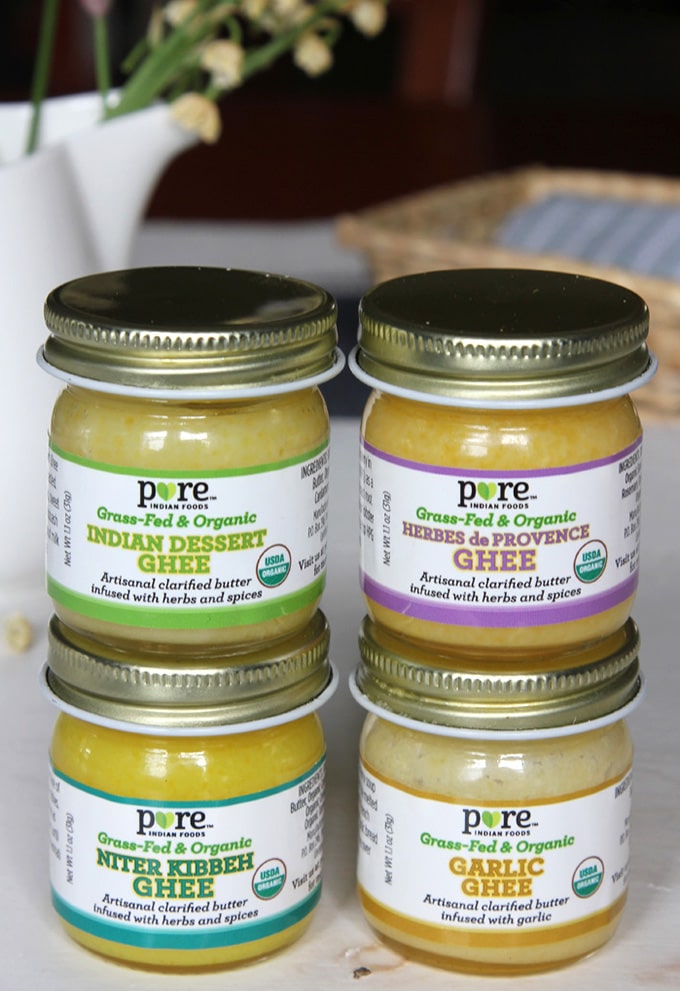
Good ghee is a kitchen treasure made from butter that is simmered over low heat.
In this process, the milk solids drop to the bottom of the saucepan and caramelize.
It is this caramelization that imparts to the ghee its characteristic nutty (read "tasty umami") flavor.
There are a number of very high quality sources of ghee made in the United States, but the most commonly available ghee in grocery stores is imported from India.
When buying ghee from India, you need to be more aware. There are many inferior brands that market their products as ghee, but they are not made from dairy at all. You can get tricked if you don’t know what to look for.
Buying the wrong ghee, and getting tricked would be a shame, because if you don't know, you might get the wrong impression of this amazing food.
Finding a good source for ghee is worth your effort.
Below I have recommendations for ghee made in the U.S., as well as ghee imported from India. To ensure that you are buying the best quality ghee, there are three things to be aware of:
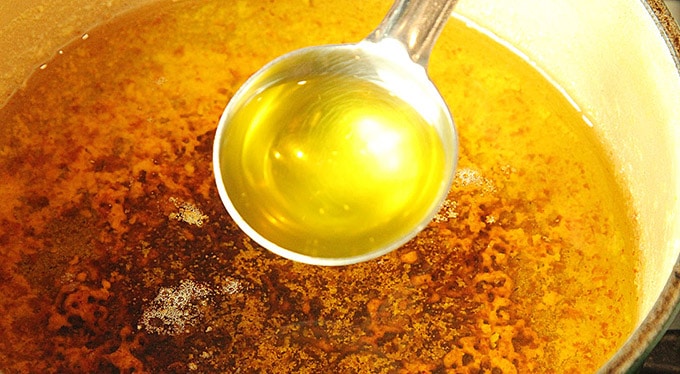
1. Fake Ghee
Much of the ghee manufactured in India today is of the type known as vanaspati ghee, or vegetable ghee. This is not quality ghee at all, as it is not made from butter. This fake ghee is made from fully or partially hydrogenated vegetable oil.
Palm oil is commonly used, since palm oil (like coconut oil) is solid at room temperature. Palm is one of the worst oils you could choose though, since it is encouraging the destruction of forests in Indonesia and Malaysia, and it is considered a relatively unhealthy vegetable oil.
Besides, palm oil is nothing like quality ghee. Read the ingredient labels carefully, and when in doubt, don’t buy it.
2. Buffalo Milk Ghee
If you are committing to getting the real thing, make sure that you are purchasing quality ghee made from cow’s milk. About half the milk produced in India comes from buffalos. Buffalo milk has about twice the butterfat content of cows, but according to Indian Ayurvedic doctors, this milk does not have the same purifying and healing qualities as cow’s milk.
To know if the ghee is made with buffalo milk, read the label, or look at the color. Cow’s milk ghee is golden yellow, and buffalo’s milk ghee is dull yellow, or even whitish.
>Update: Some people do prefer ghee made from Buffalo milk. You can try it, and see what you think. I am not saying it is bad. I just want you to be aware of this.
3. Spiced Ghee
Additives in ghee can be misleading, so check the label carefully.
I recently saw ghee for sale at Trader Joe’s. It was made from Buffalo milk, yet the ghee's color was bright yellow. It looked more like cow's ghee.
The label said it was made in India, and the ingredient list revealed that it had spices added. Turmeric was among the spices, which gave the ghee its bright yellow color.
Spiced ghee appears to be a recent trend. When I asked my Indian family members about spiced ghee, they were at a loss to understand my question.
In various ways, they all asked politely why you would want to make ghee with spices. It was as if the concept was completely foreign to them.
I was told the issue with spiced ghee is that it can affect the taste you are trying to create in your dish.
Most Indians prefer to control the quantity and particularity of the spices they use by cooking with pure ghee.
However, if your main purpose is to add pizazz to scrambled eggs or tofu, or to a vegetable sauté—or your spice pantry is limited—spiced ghee could be just your thing.
You can see options for spiced ghee in the photo just below. There are many brands that sell it in the United States as well, including Fourth & Heart, which I have written about below as well.
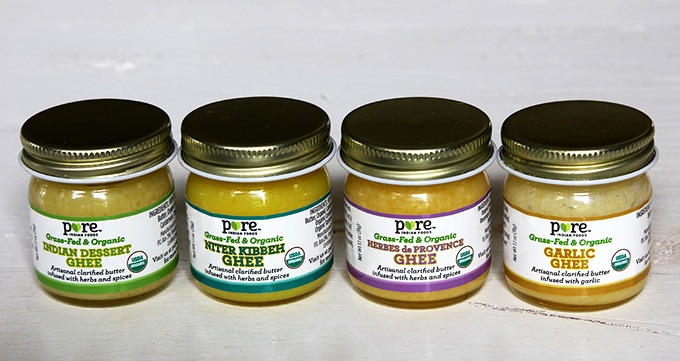
5 Great Sources For Quality Ghee
1. Pure Indian Foods
Pure Indian Foods, based in New Jersey, is run by the Agarwal family. The family began making ghee in North India in 1889, and they are continuing their tradition today.
Pure Indian Foods uses non-homogenized organic, grass-fed, and pasture-raised cow’s milk to make their quality ghee.
Pure Indian Foods also makes a cultured ghee product, and tests it to ensure it contains no more than 0.25 percent lactose and 2.5 ppm casein/whey. This ghee is highly suitable for individuals with lactose intolerances.
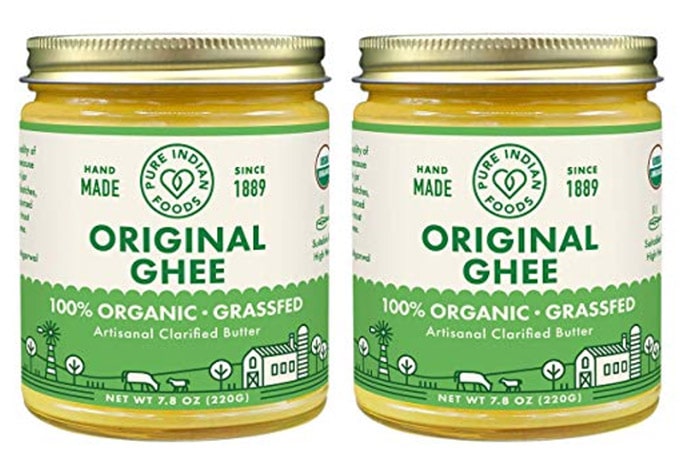
Pure Indian Foods also has a unique Turmeric Superghee, an award-winning fat-soluble preparation with the synergy of turmeric, ginger, and black pepper.
Turmeric is gaining in popularity for its natural inflammatory properties, and this is an easy way to add it to your diet.
2. Ancient Organics
Based in the Bay Area, Ancient Organics is run by two Ayurvedic practitioners who make ghee using ancient techniques they learned in India.
Ayurveda is a system of health and healing with roots that go back to 5,000 BCE, when gods are said to have passed the knowledge on to sages. Not surprisingly, ghee is prized in Ayurvedic medicines for its healing and purifying properties.
Ancient Organics uses local, organic, pastured butter to make their high quality ghee. It is highly recommended.
If its your first time trying ghee, you might like the smallest 8-ounce jar.
3. Sanjeevani Organics (made in India)
Headquartered in the foothills of the Himalayas in India’s northeast, Sanjeevani Organics sells desi (Indian) cow’s ghee in the United States through its office in New Jersey.
Desi ghee is made using a traditional method, whereby milk is first cultured into yogurt. The homemade yogurt is then churned into butter. Finally, the butter is heated slowly to separate out all of the milk solids. The remaining liquid fat is the ghee.
Ghee made this way is generally 100 percent lactose free, and highly digestible.
Sanjeevani ghee can be purchased in Indian grocery stores in the New York area, as well as on Amazon.
4. 4th & Heart
4th & Heart, named after the forth chakra (an energy center located at the heart and popular among yoga practitioners), is based in Los Angeles.
This artisanal food company is out to modernize ancient pantry staples, and their grass-fed flavored ghee is their first product.
When I say flavored, we are talking Himalayan Pink Salt, Madagascar Vanilla Bean, and California Garlic. You can see just below this company has some other interesting products featuring ghee as well.
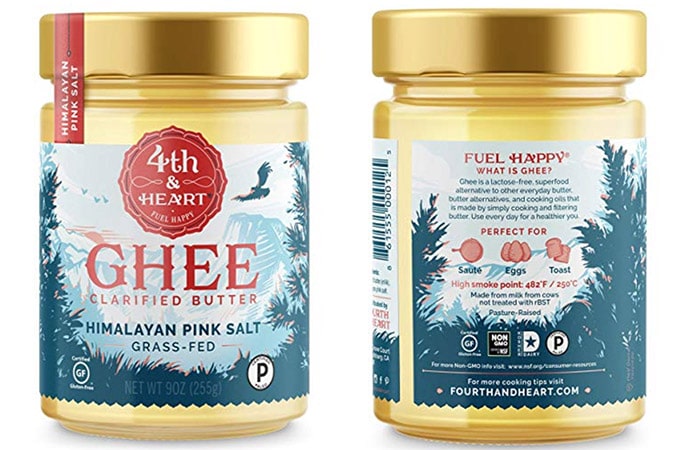
4th & Heart's ghee is made from grass-fed cow's butter imported from New Zealand, but it isn't organic. Fourth & Heart says New Zealand has very stringent dairy regulations and produces the highest quality butter.
This brand has huge social credibility and great reviews. It is also virtually lactose-free, with tests showing one part per million. It sounds like just one test has been done though.
4th & Heart is making a great effort to brand its ghee as a butter substitute. They are calling it "Ghee Butter." This is smart, since ghee can be used like butter, although I would say not on toast, and more as a cooking fat.
Update: I tried 4th & Heart's ghee recently and I was underwhelmed. Its flavor was closer to vegetable oil than the robust and nutty ghee flavor I am partial to.
I recommend you try a sample first, which this company makes available as part of their marketing efforts. Look for an individual use packet wherever the product is sold in stores, such as Whole Foods.
5. HANAH LIFE (Sourced From India)
This U.S. brand is on a mission to preserve and adapt ancient medical traditions into products for modern living.
I have to give it to Hanah Life guys for going to Kerela in South India and sourcing ghee from indigenous farmers who produce ghee in the artisanal and traditional way.
Not just that, but the milk used to make this ghee comes from a rare breed of dwarf cow called the Vechur.
A Vechur cow's size averages about 1.5 feet in height, and it produces just three quarts of milk a day. This is compared to a U.S. Holstein cow that produces 35 quarts of milk a day.
HANAH highlights the fact that Vechur cows graze on mineral-rich grasses and herbs, and that these cows can "uniquely synthesize the potent nutrients of their diet, producing milk that is well known for its highly medicinal content."
I have to say that this ghee is really outstanding. The scent, texture, and flavor is heady, complex, and very pleasing.
The flavor and experience of consuming this ghee highly memorable.
This ghee is not cheap, but if you want the good stuff, then this is definitely the one.
Shop at HANAH today. Free Shipping at $75.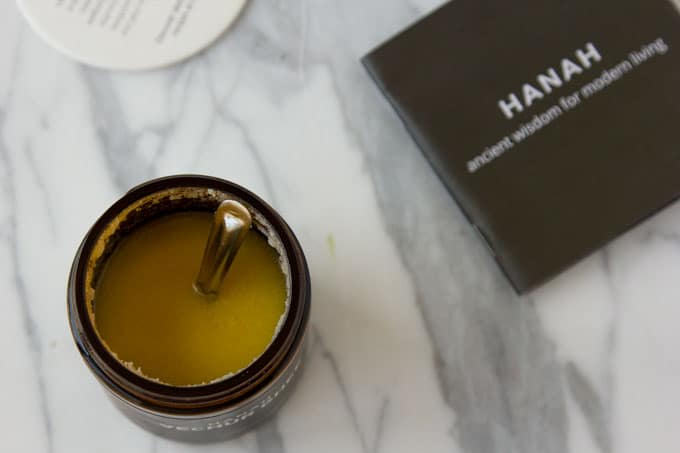
Still wondering which ghee to buy? You may like my comparison article on American ghee brands versus Indian
Benefits of Ghee
- Ghee is generally considered safe, even for dairy-adverse and lactose intolerant individuals
- A versatile cooking oil, with a smoke point that is upwards of 475 degrees Fahrenheit (about 250 degrees Celsius)
- Does not go rancid for months or years, even when stored in the pantry at room temperature
- Prefect for sautéing, baking, and as a flavor enhancer
- A rarity in that ghee is actually beneficial for digestion

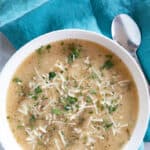
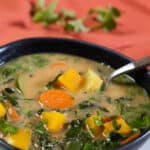
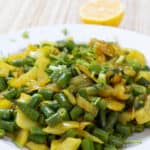
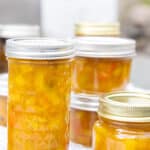
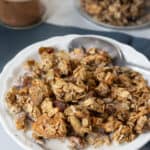
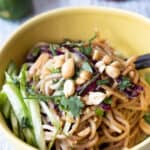

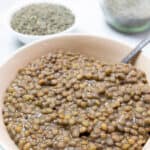
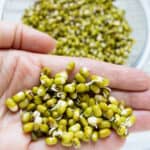
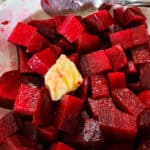


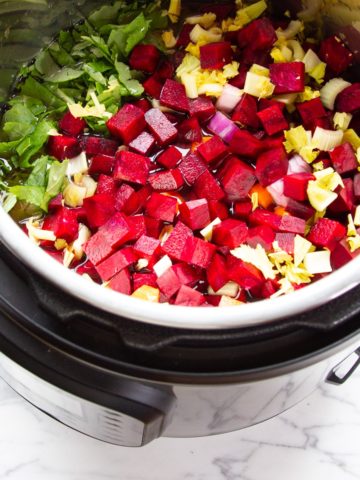
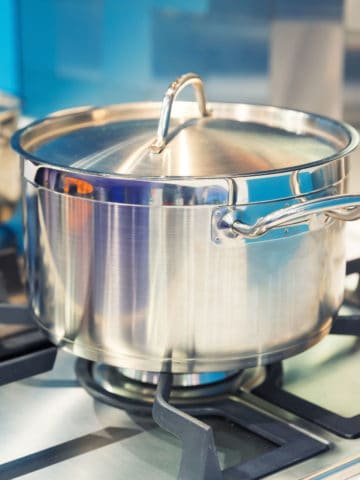
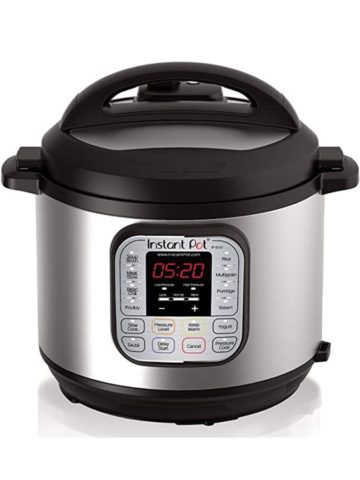
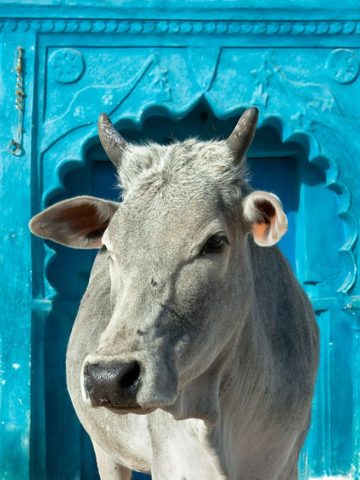
malar
Thanks for sharing such informative article about Indian ghee product and its benefits.
Sreeharsha
Thank you for this detailed review of various GHEEs available in the market. I usually get them for my local farm I know based in India but this time I was not able to get it so I went ahead and ordered Hanah Vechur Ghee. Can't wait to try it.
Andrea
I am so very happy that I was able to help. I am sure that you will love the ghee!